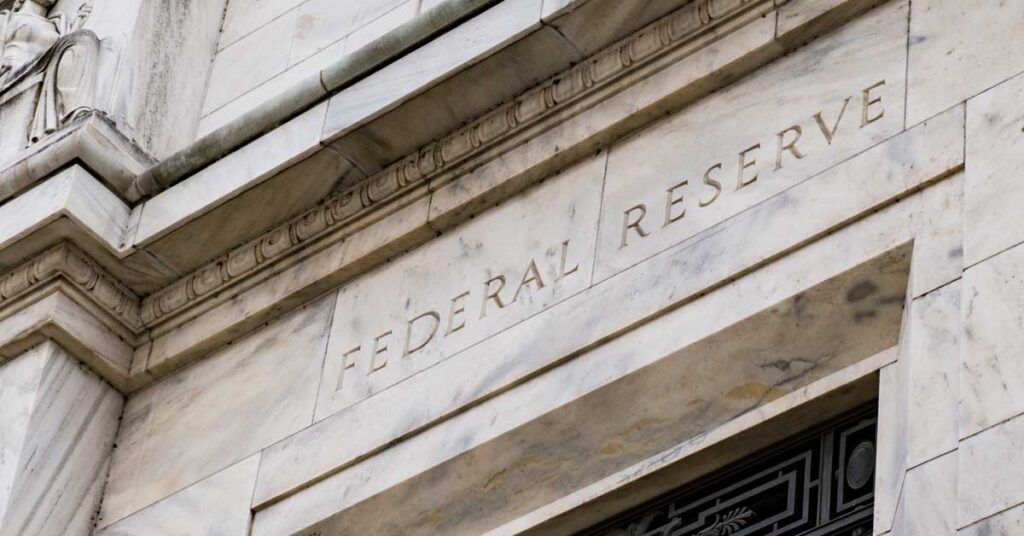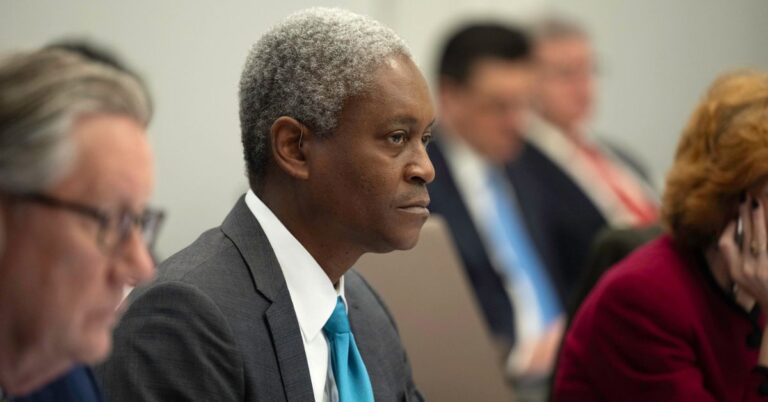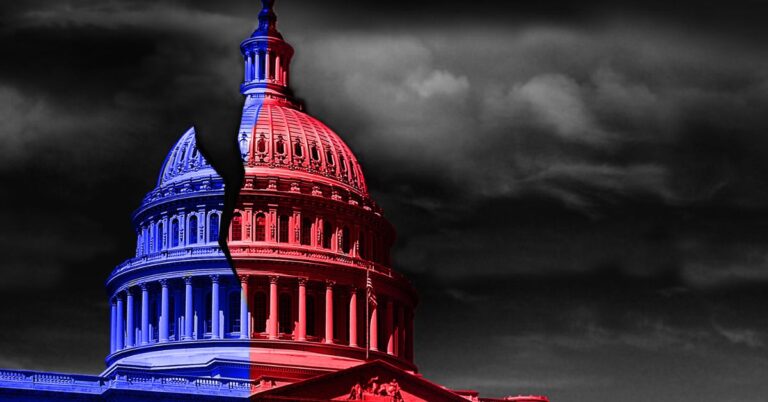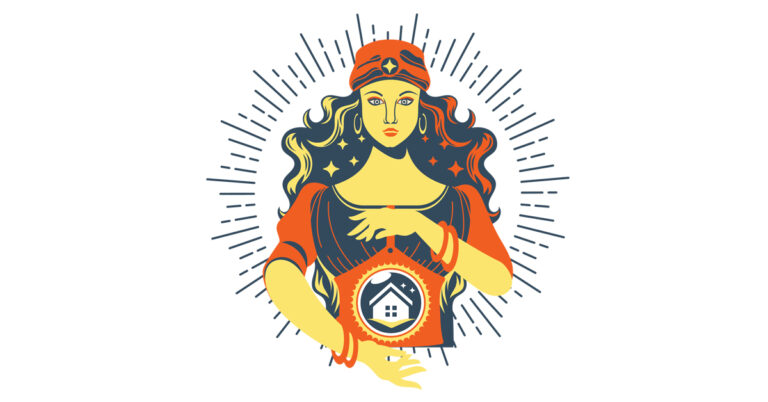Another month, another 75 basis-point rate increase.
Following up the historic June hiking of its benchmark interest rate by three-quarters of a percentage point, the Federal Reserve has doubled down with another identical increase in July. Taken together, the aggressive monetary policy shifts, which moved the target for the federal funds rate to 2.25% to 2.5% — are the largest back-to-back cumulative rate jumps issued by the Fed since then-chair Paul Volcker wielded rate hikes to combat rampant inflation in the early 1980s.
The Fed has now raised the benchmark rate by a total of 225 basis points this year. And the rate has now reached the level it peaked at the last time the Fed was proactive in tightening policy, from 2015 to 2018.
The hike was met with a unanimous vote from the Federal Open Market Committee (FOMC), the 12-member committee within the Fed tasked with directing the country’s open market operations. In a statement after the FOMC meeting, the Fed cited Russia’s ongoing invasion of Ukraine as an inflation risk, and it noted pandemic-related supply-and-demand imbalances and elevated food and energy prices as additional economic issues. It also ceded that, while job gains have been stout of late, recent spending and production indicators have softened.
The statement added that the FOMC “anticipates that ongoing increases in the target range will be appropriate,” but was fairly vague about other potential policy moves in the near future. It also specified that the FOMC will continue reducing its holdings of Treasury securities, agency debt and agency mortgage-backed securities, in line with plans issued in May and confirming the timeline for tapering that it has followed over the previous two months.
Fed chairman Jerome Powell maintained at the press conference following the rate increase announcement that despite economic pressures, the country is not in a recession.
“We have both the tools we need and the resolve it will take to restore price stability on behalf of American families and businesses,” Powell said. “The economy and the country have been through a lot over the past two-and-a-half years and have proved resilient. It is essential that we bring inflation down to our 2% goal if we are to have a sustained period of strong labor market conditions that benefit all.”
Michele Raneri, vice president of U.S. research and consulting at TransUnion, cautioned that the upward pressure placed on mortgage interest rates by the benchmark increase could impact potential homebuyers.
Get these articles in your inbox
Sign up for our daily newsletter
Get these articles in your inbox
Sign up for our daily newsletter
“Often when people buy a home, the amount they are willing to spend aligns with how much they can afford for a monthly payment,” she said. “In order to buy the same house that one could have afforded just six months ago, consumers may select an adjustable-rate mortgage, because their initial monthly payments will be less than a fixed-rate mortgage.”
Mike Fratantoni, senior vice president and chief economist for the Mortgage Bankers Association, dove deeper in suggesting that mortgage rates may have already hit their ceiling.
“As markets anticipated, the Federal Reserve increased its target rate by 75 basis points at their July meeting, and reaffirmed plans to reduce its balance sheet by continuing the passive runoff of its Treasury and MBS holdings,” Fratantoni said. “Inflation continues to run too high, and the Fed remains committed to slowing it, even if it leads to a recession. Further rate increases are baked in through at least the remainder of this year. The unanimous vote for this rate increase emphasizes the commitment to this path.
“Mortgage rates have dropped about half a percentage point in recent weeks, heading closer to 5.5% than the 6% rates we saw in June,” he added. “There is a tug-of-war in market expectations, between the persistently high inflation numbers and resulting rapid Fed hikes, and the increasing risk of a sharp slowdown and possible recession. As a result, mortgage rates may have already peaked and could stay between 5% and 5.5% through the remainder of 2022. If that were to be the case, potential buyers who had been scared off by the rate spike might find their way back to the housing market.”
The mortgage industry knows what to expect at this point, said Marty Green, principal at mortgage law firm Polunsky Beitel Green.
“We believe the residential mortgage market will take this increase in stride, as it is in line with what Jerome Powell indicated at the conclusion of the Fed’s June meeting,” he said. “There are no surprises here.
“Some of our mortgage lending clients anticipated a slight improvement in mortgage interest rates in response to the Fed’s actions, particularly after the recent speculation that the Fed might raise rates in July a full percentage point. They also confirmed that the residential mortgage market has continued to cool substantially in response to the rapid increase in interest rates since the first of the year. The question is whether the slowdown is a result of most consumers simply pausing a purchase decision while they see where interest rates and home prices settle or whether they are having to delay a purchase decision indefinitely because of affordability concerns.”




















































